
Miscellaneous
A Little Bit of Anything
Blistered Plating
This was caused by problems with the plating process and is most common on cents minted in the 1980's, but can be found on any cent minted after 1982 when Copper plating was first used. Gas bubbles would become trapped beneath the Copper plating and cause these raised areas. They seem to be more common on cents from the Denver mint. Solid-alloy cents minted in 1982 and earlier can have occluded gas bubbles caused from heat generated when a planchet is struck. The expanding gas pushes a layer of metal towards the surface of the coin, resulting in a raised area or bubble. Occluded gas bubbles are much rarer than the blistered plating found on newer cents.

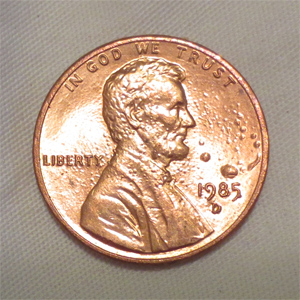
Ghosting
Internal Metal Displacement / Progressive Indirect Design Transfer
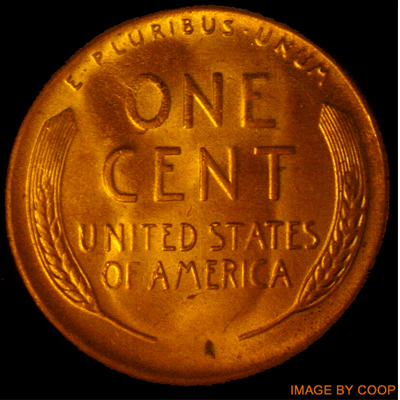

Cheerios Promotional Cents
In early 2000, 10,000,000 newly struck cents were sealed with plastic on cardboard cards and placed into boxes of Cheerios cereal as a way of promoting the new millennium and the new Sacagawea dollars (5500 of the cards had the new gold colored dollars on them along with the cent). The Sacagawea dollars that were placed in the boxes are highly valued by collectors as they were made with different dies than the coins minted later for circulation. This was not known at the time of the promotion.
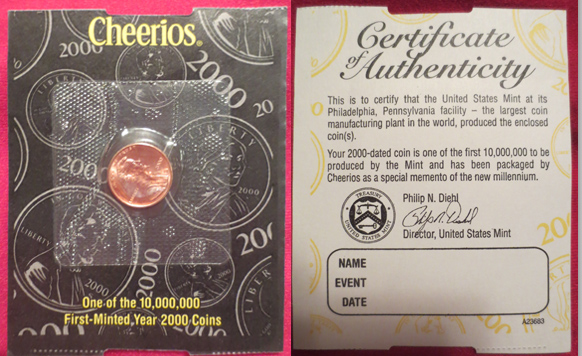
Photo By Lincoln Cents Online
Defaced Dies


Lincoln cent die that has had the face ground off by the mint.
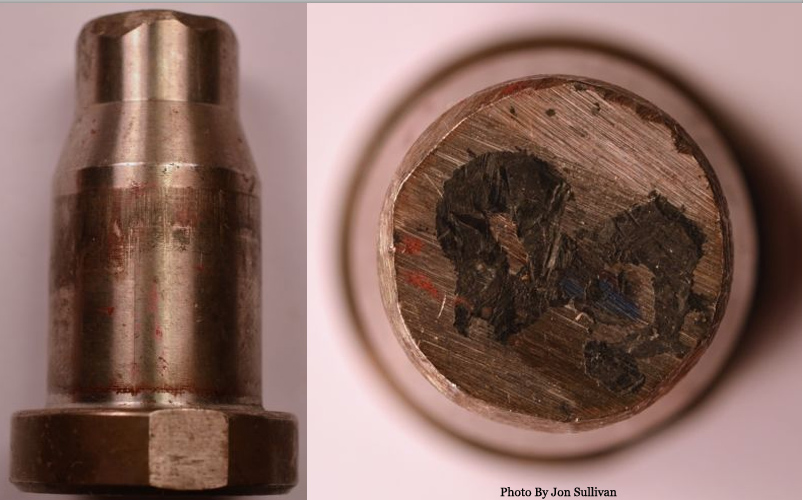
Another example of a defaced Lincoln cent die.
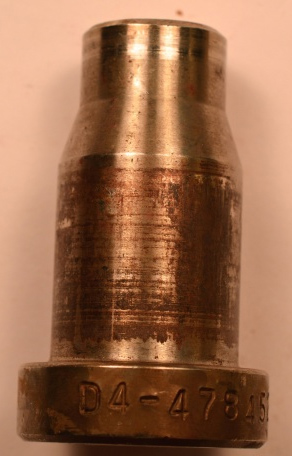
Photo By Jon Sullivan
Copper Web Scrap for 1c Size Planchet
A sheet of metal stock after it has had the cent size blanks punched out of it.

Photo By Jon Sullivan
Steel Web Scrap for 1c Size Planchet 1943
A steel cent planchet strip from 1943 measuring 3.75 X 5.75 inches after it has had the cent size blanks punched out of it. Most of the scrap Steel was send for recycling but this piece found it's way into a collector's hands and was saved. Most pieces like this show signs of abuse and some rust.
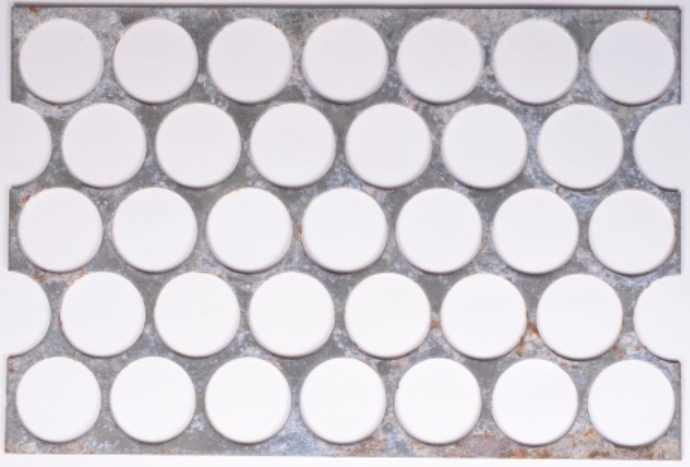
Photo By Jon Sullivan
Blank Planchets
After the blanks are punched out, they are put through an upsetting machine that puts the rims on them to form planchets.
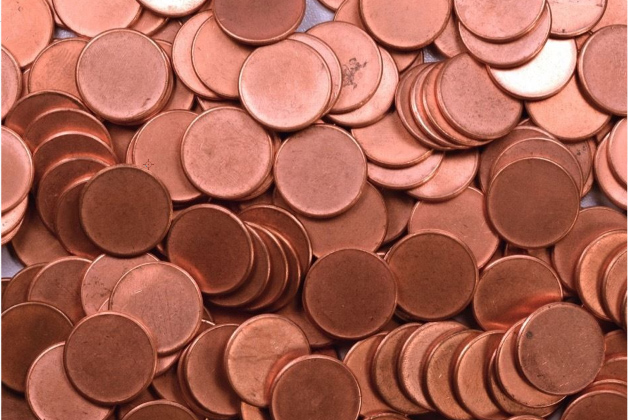
Photo By Jon Sullivan
Blank Planchet
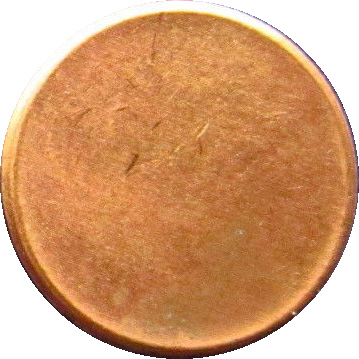
Photo By Geoffrey Noe
1943 Steel Cent Planchet 2.7 Grams
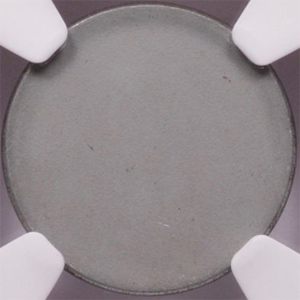
Photo By Jon Sullivan
1944 Struck Through Fragment
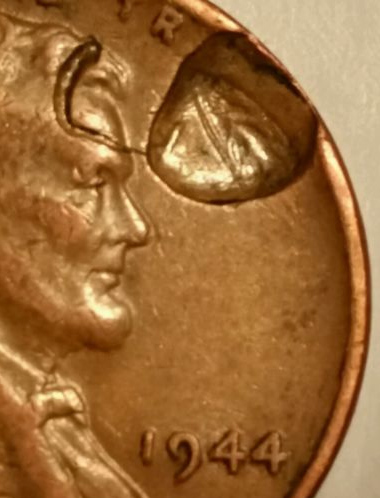
Photo By Troy Moxley
Original Bank Wrapped Rolls (OBW)
Original bank wrapped rolls are rolls that were wrapped at a bank from original mint bags of newly minted coins. These rolls will usually have the name of the bank printed on the roll. Be aware that many sellers will advertise rolls as being OBW (Original Bank Wrapped) when in fact they are machine wrapped and could have been previously searched for errors or varieties. Sometimes by looking closely you can see if one end of the roll has been tampered with and reseated to look original. When this is done, one end will normally be loosely wrapped. Original rolls are tightly wrapped.
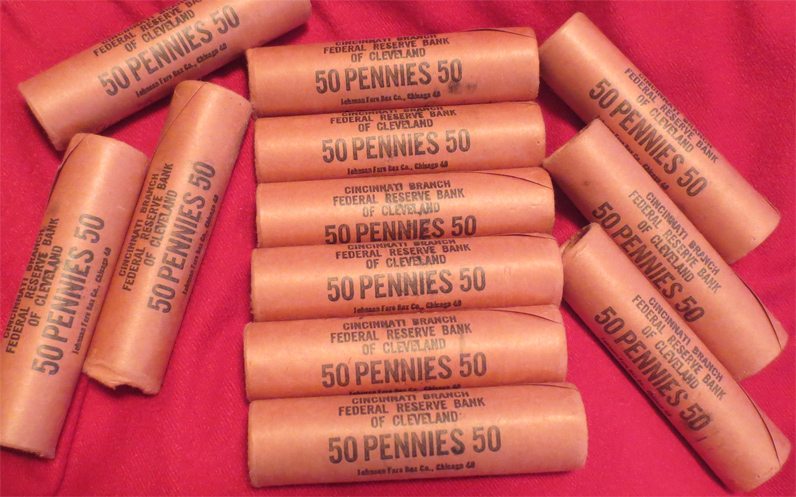
Photo By Lincoln Cents Online
Mint Sewn Bag
A bag of 5000 cents directly from the mint. Coins used to be shipped to banks this way.
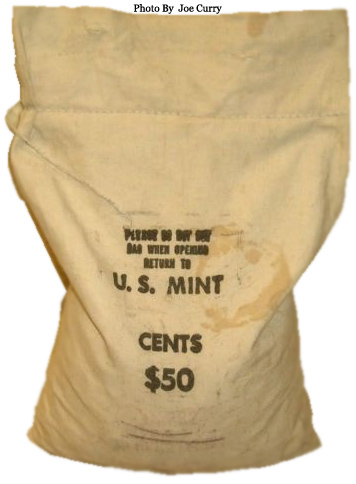
1975 Lincoln Cent 5% Defective & Cracked Planchet
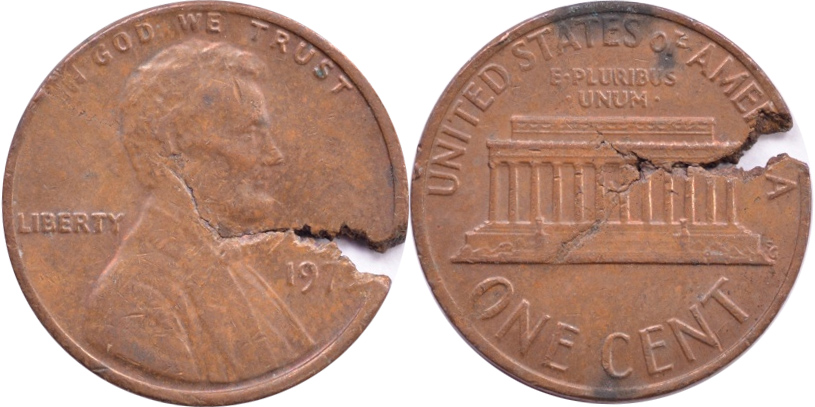
Photo By Jon Sullivan
Zinc Lincoln Cent Struck On Scrap
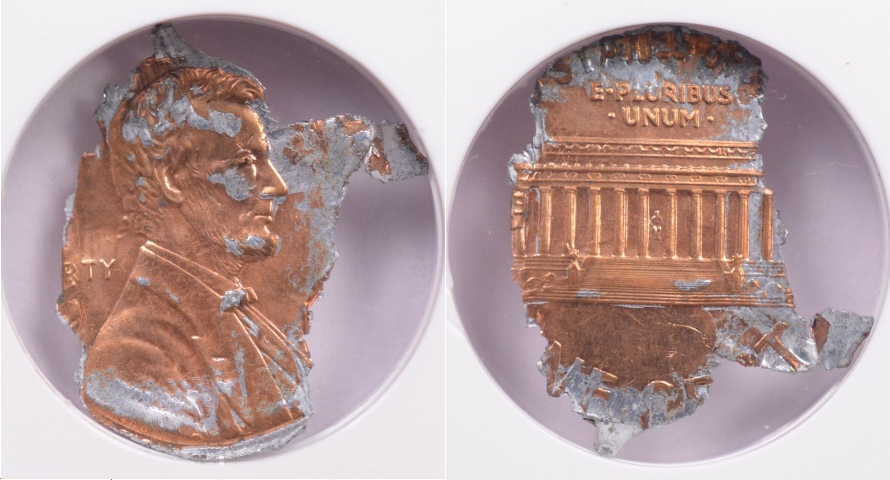
Photo By Jon Sullivan
Lincoln Cent Struck on 0.29 Gram Copper Fragment

Lincoln Cent Bow Tie Web Scrap
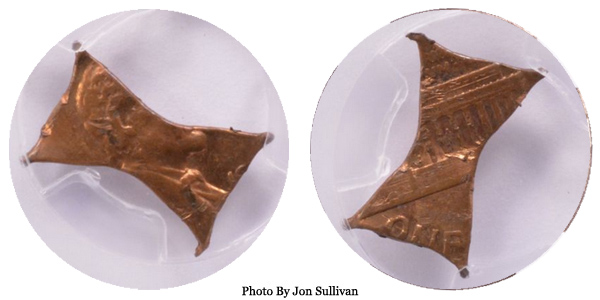
2000 Lincoln Cent Struck Through & Retained Wire
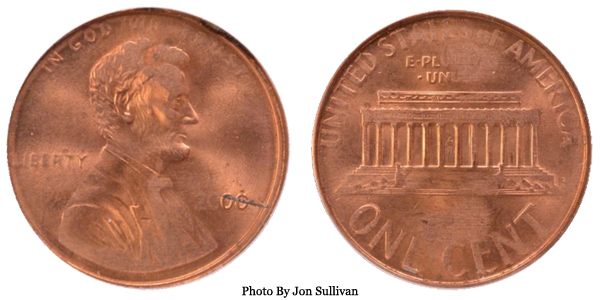
2008 Lincoln Cent Struck Through Wire Reverse
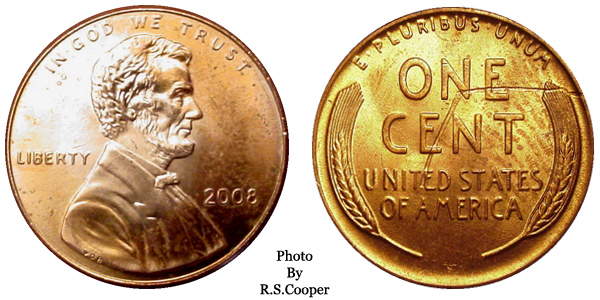
Acid Dipped Coins
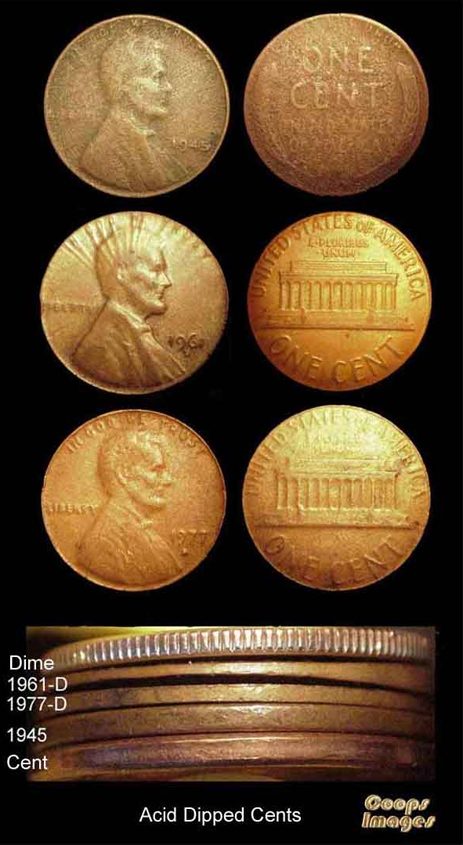
Artificially Toned
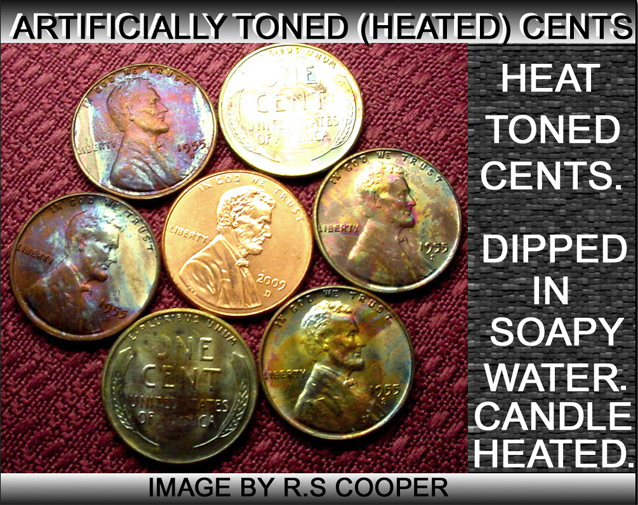
Split Plating
Split plating occurs on some devices facing the rims on Zinc cents.
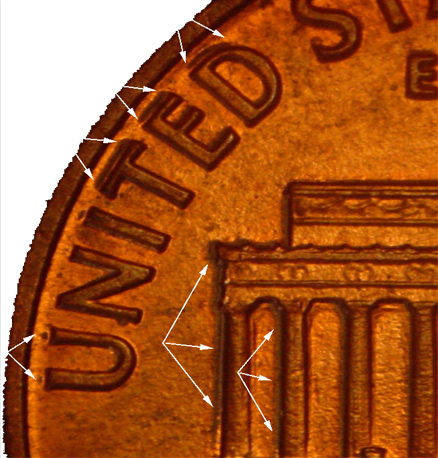
Photo By R.S.Cooper
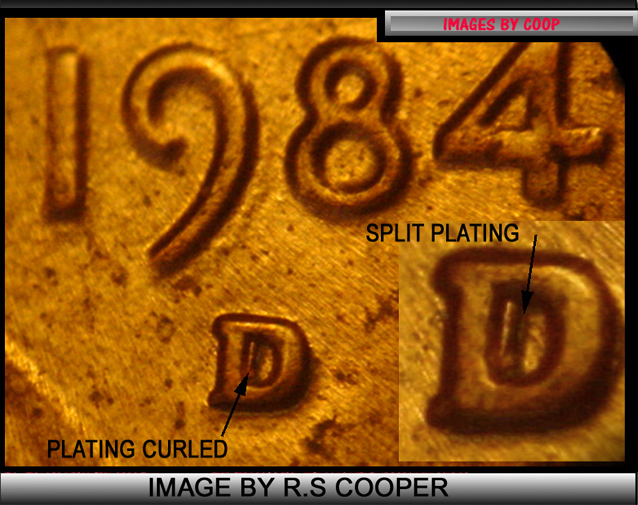
Improper Allot Mix (Woody)
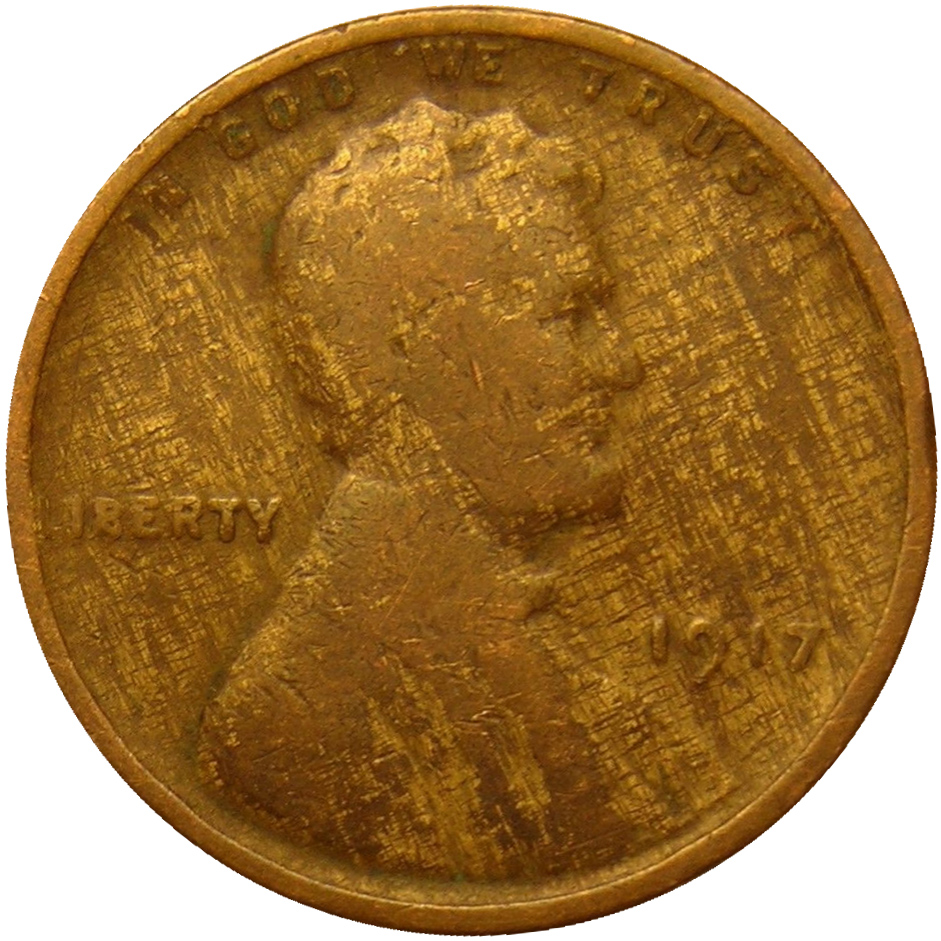
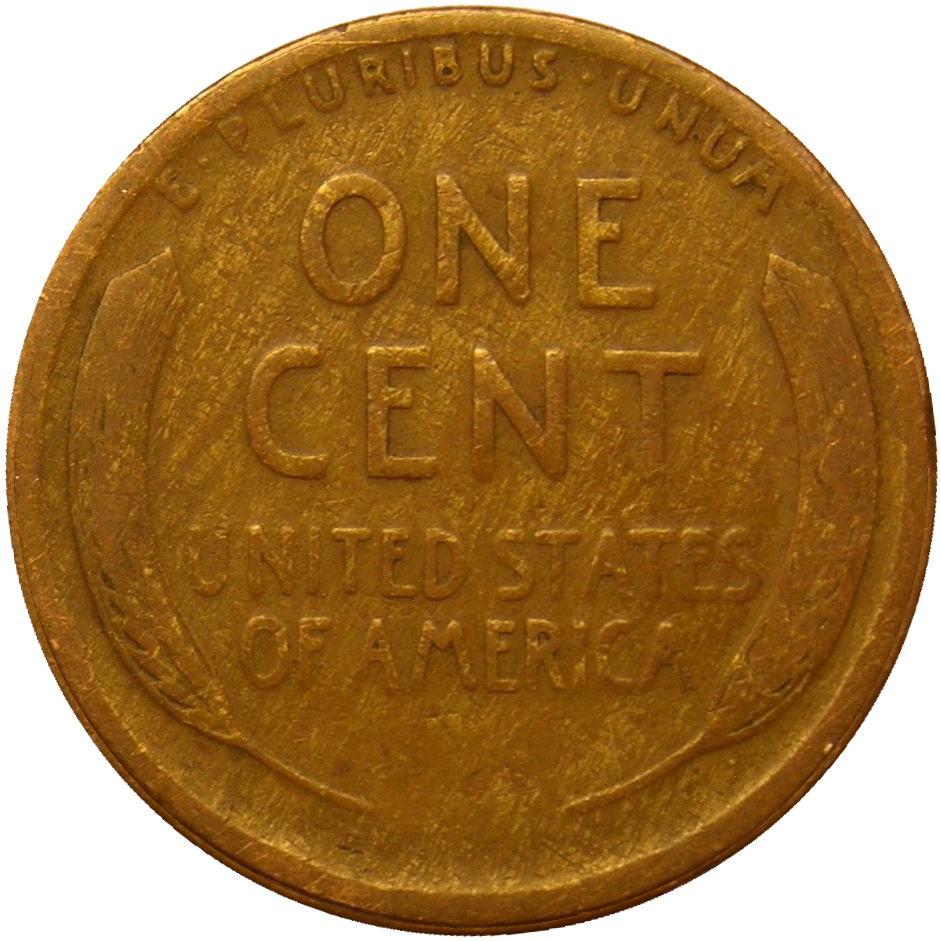
Photos By Ed Lott
1966 Struck in Staple Obverse
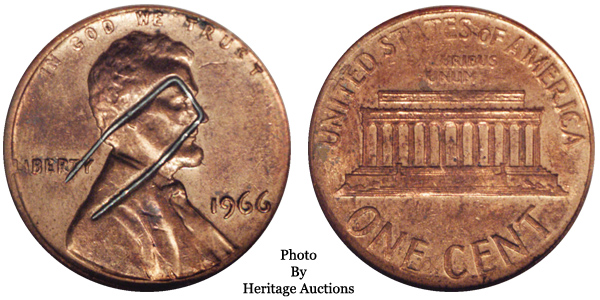
1969 Lincoln Cent on Canadian Dime Planchet & Double-Struck

Autographed 1909 VDB
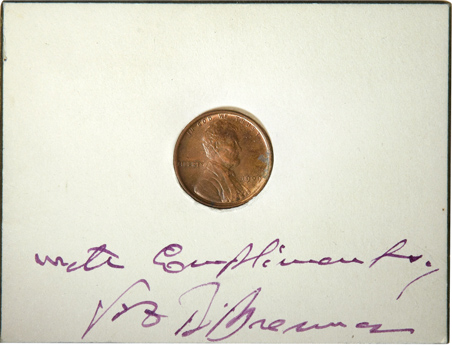
Photo By Heritage Auctions
Lucky Penny
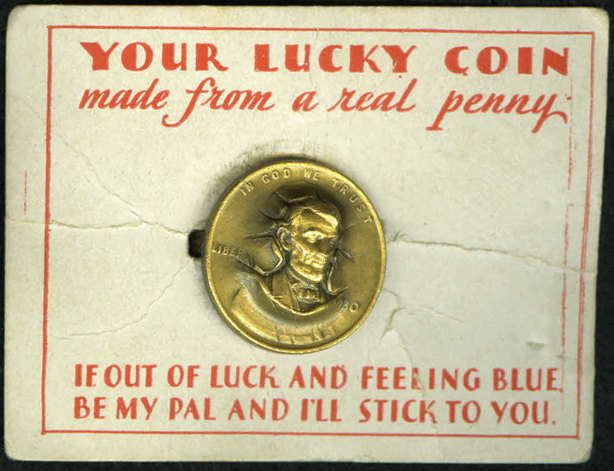
Photo By Heritage Auctions